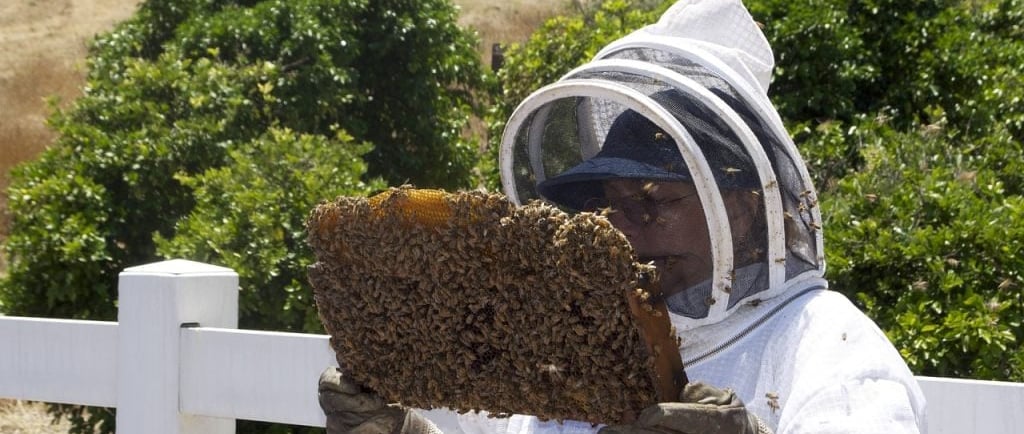Honey Bee Health – Essential Practices for Thriving Colonies
Robust honey bee health hinges on four pillars: nutrition, disease prevention, habitat management, and protective gear. Let’s dive into actionable strategies to strengthen your colonies, paired with gear designed for precision and safety.


The Pillars of Honey Bee Health
Robust honey bee health hinges on four pillars: nutrition, disease prevention, habitat management, and protective gear. Let’s dive into actionable strategies to strengthen your colonies, paired with gear designed for precision and safety.
1. Nutrition: Fueling Immunity and Productivity
Honey bees require diverse pollen and nectar sources to build resilience against stressors like pests and climate change.
Best Practices:
Plant Pollinator-Friendly Flora: Prioritize native plants like clover, lavender, and sunflowers for year-round blooms.
Supplemental Feeding: Use sugar syrup or protein patties during dearth periods.
Monitor Food Stores: Regularly check hive weight to prevent starvation.
How Heliotrope Bee Helps: Our lightweight bee suits allow comfortable, extended hive inspections, ensuring you can assess food reserves without disturbing colonies. The suits’ breathable Air Mesh fabric keeps you cool while working in warm climates.
2. Disease Prevention: Stopping Outbreaks Before They Start
Diseases like American Foulbrood and Nosema thrive in poorly managed hives. Proactive hygiene is key.
Best Practices:
Regular Hive Inspections: Identify sick or dead bees early.
Comb Rotation: Replace old combs every 2–3 years to reduce pathogen buildup.
Tool Sterilization: Clean smokers and hive tools between uses.
How Heliotrope Bee Helps: Our antimicrobial glove liners and ventilated suits minimize cross-contamination between hives. Reinforced seams block mites and pathogens, while machine-washable fabrics simplify hygiene.
3. Habitat Management: Creating a Bee-Friendly Environment
Bees thrive in environments rich in biodiversity and free of pesticides.
Best Practices:
Avoid Chemicals: Opt for organic pest control near apiaries.
Provide Clean Water: Use shallow dishes with stones to prevent drowning.
Shelter from Wind: Plant hedges or use windbreaks to protect hives.
How Heliotrope Bee Helps: Our all-weather bee jackets shield you during habitat maintenance tasks, featuring waterproof zippers and UV-protective fabric for outdoor comfort.
4. Protective Gear: Your First Line of Defense
Stressed or injured beekeepers can’t effectively care for colonies. Quality gear ensures safety and precision.
Heliotrope Bee’s Innovations:
Ventilated Suits: Stay cool during summer inspections with Air Mesh technology.
Anti-Varroa Gloves: Textured grips for delicate tasks like applying oxalic acid.
Customizable Designs: Add pockets for feeders or mite brushes.
Case Study: A California apiary using Heliotrope Bee suits reported a 25% drop in hive mortality rates. Their team attributed this to reduced stress during inspections and improved hygiene practices enabled by our gear.
Why Partner with Heliotrope Bee?
Global Trust: Serving 1,000+ beekeepers across 30 countries.
Sustainability: Eco-friendly materials align with organic standards.
Rapid Turnaround: Custom orders delivered in 4–6 weeks.
Call to Action
Elevate your hive management with gear built for health and efficiency. Explore Heliotrope Bee’s range of hygienic bee suits, disease-resistant gloves, and habitat-ready jackets at https://www.heliotropebee.com/. For bulk orders or tailored solutions, email sales@heliotropebee.com. Join a global network of beekeepers who trust Heliotrope Bee to safeguard their passion.


